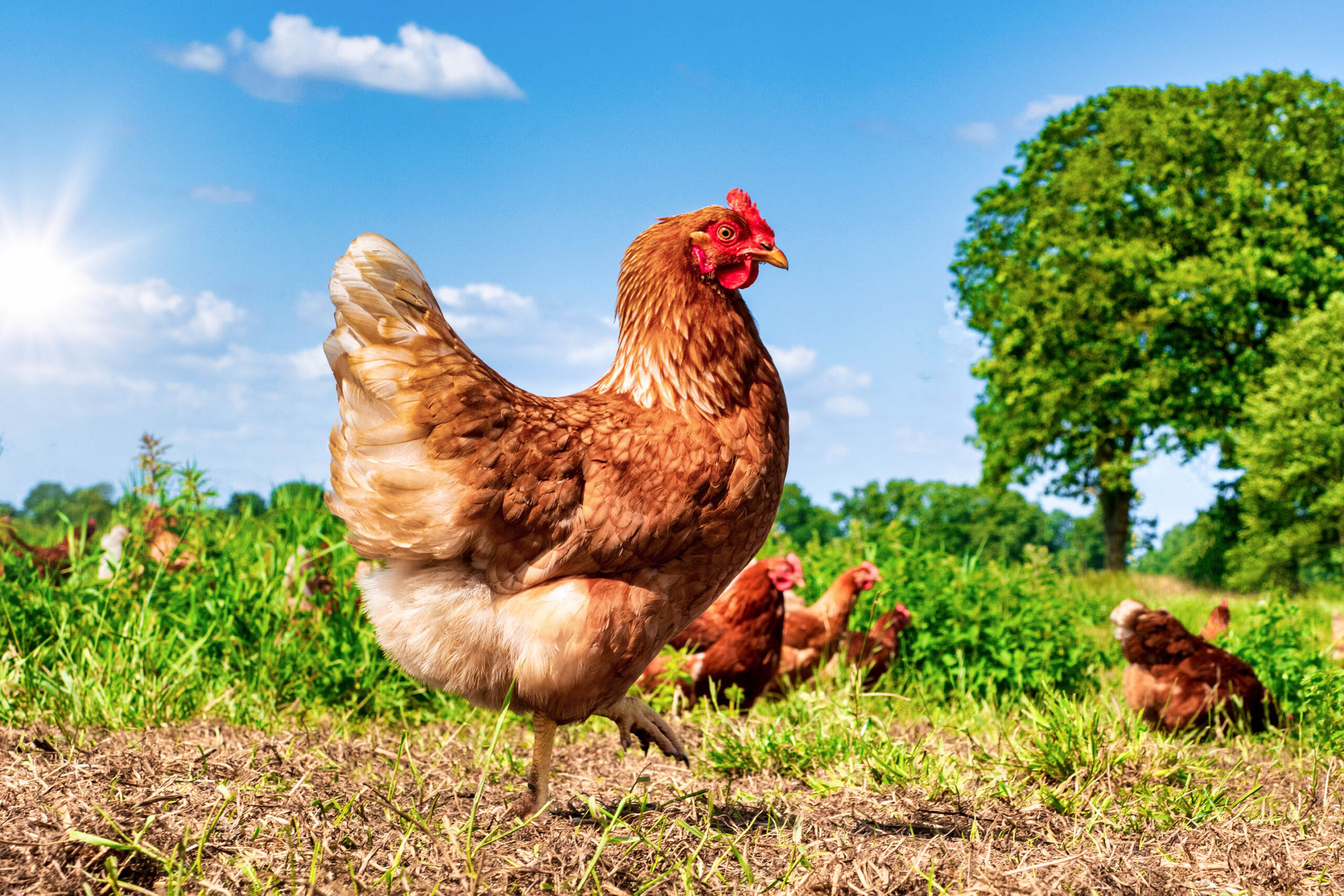Researchers at Dalhousie University are breaking new ground in the field of animal communication and welfare through the use of artificial intelligence (AI). Their current project focuses on decoding the complex language of chickens. By analyzing the vocalizations of these birds, which vary in pitch, tone, and context, they aim to revolutionize poultry farming and significantly enhance animal welfare. This innovative research, still in the early stages, leverages machine learning to discern patterns in chicken sounds. Although not yet peer-reviewed, the project demonstrates considerable potential in transforming how we understand and care for poultry.
Understanding Chickens through AI
The team at Dalhousie University employs natural language processing (NLP) to interpret the various sounds made by chickens. These vocalizations are not mere noises but carry emotional and social signals crucial for understanding the birds’ well-being. The AI system is trained to recognize specific sound patterns, which helps researchers assess the emotional states of chickens, determining if they are stressed or content. This endeavor is a technological feat and a step towards more humane farming practices.
Beyond sound and non-verbal insights into chicken welfare
In addition to vocalizations, the research team uses non-invasive techniques like video and thermal imaging to observe non-verbal cues in chickens. These methods allow them to monitor indicators like eye blinks and facial temperatures. Such data, combined with vocal analysis, provides a comprehensive understanding of chicken behavior and welfare. This approach is groundbreaking in its ability to assess the emotional state of poultry without any physical interference, marking a significant advancement in animal welfare research.
Impacts on farming and animal welfare policies
The insights gained from this research could lead to substantial improvements in the living conditions of chickens. By understanding their needs and emotional states, farmers can create environments that promote the health and well-being of their poultry. This, in turn, can lead to more efficient and humane farming practices. Moreover, the findings could influence policy-making in the realm of animal welfare, potentially setting new industry standards for the ethical treatment of farm animals. The broader implications of this research extend to other areas of animal husbandry, showcasing the versatility of AI in various domains.
Ethical AI use for animal welfare
This study exemplifies the ethical application of AI in enhancing the welfare of animals. It reaffirms the role of technology as a force for good, offering a model for responsible technological use in the field of animal research. Additionally, the project contributes to educational and conservation efforts by providing valuable insights into avian communication. This knowledge could benefit a wide range of bird species and their natural habitats, highlighting the intersection of technology, animal welfare, and conservation.
The work being done at Dalhousie University represents a significant step forward in understanding and improving the lives of chickens. By employing AI and machine learning, researchers are unlocking the secrets of chicken language, offering a new perspective on poultry farming and animal welfare. This research not only has the potential to transform industry practices but also demonstrates the positive impact that technology can have in promoting the ethical and humane treatment of animals. As this project continues to evolve, it stands as a beacon of innovation, bridging the gap between technology and animal welfare.





